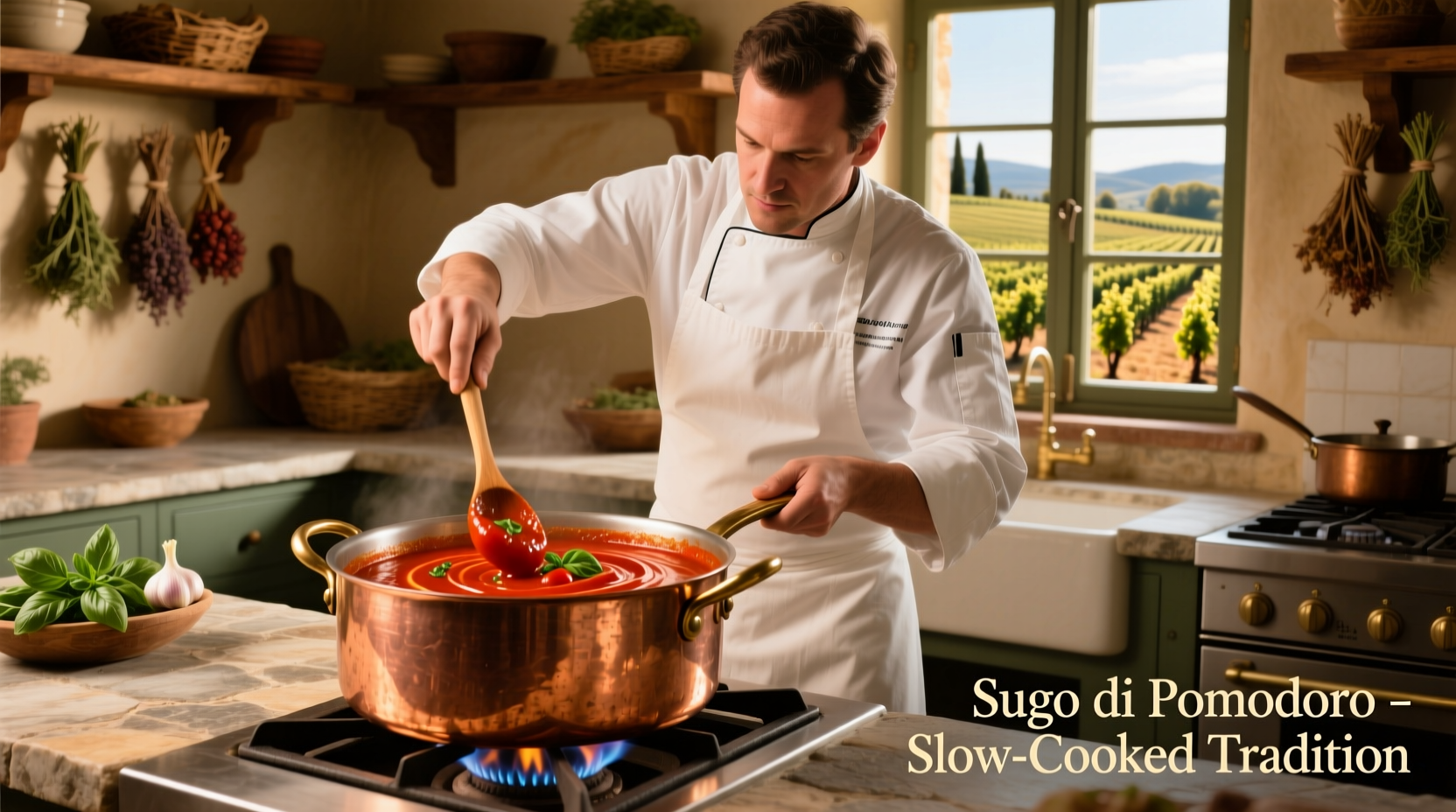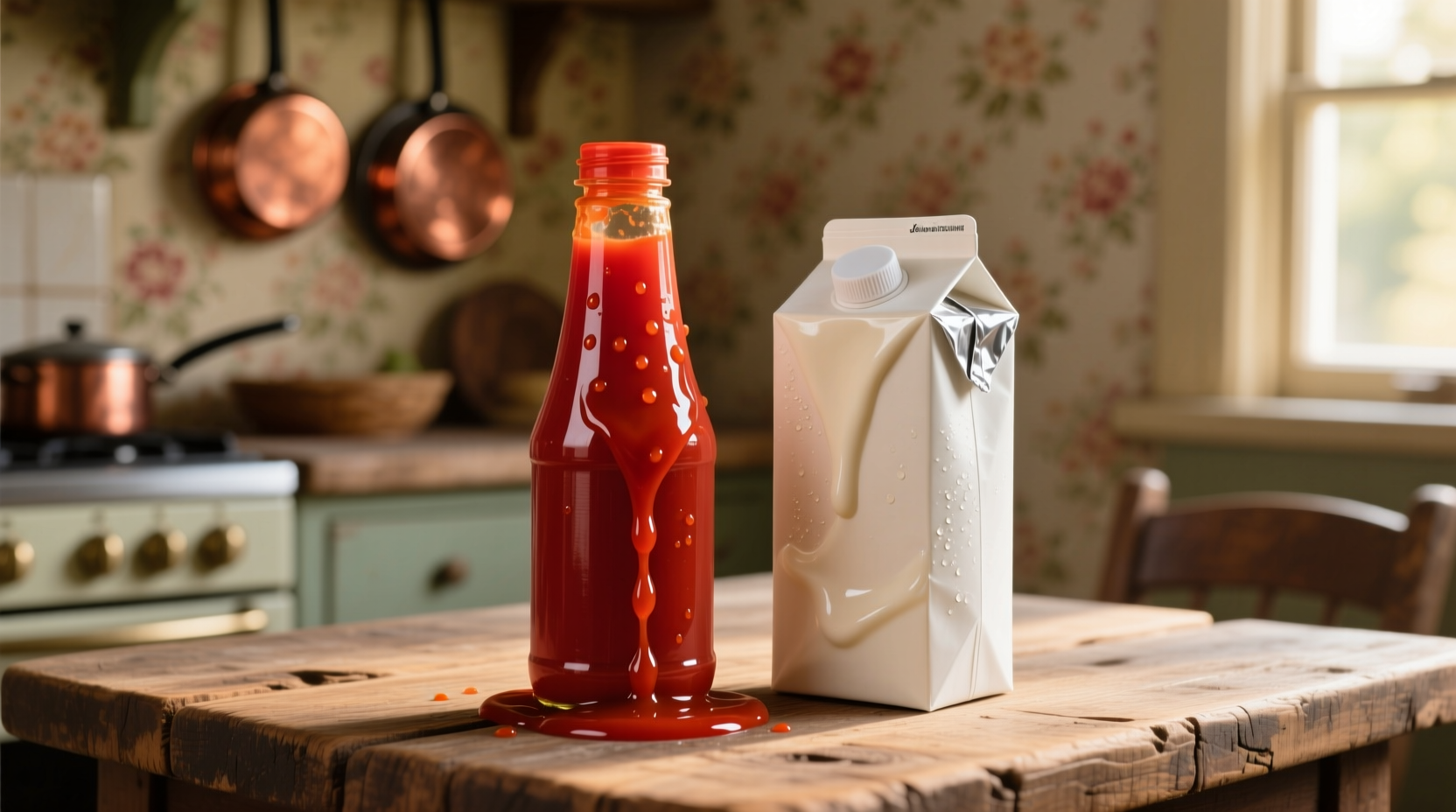Yes, you can successfully combine tomato sauce and heavy cream in cooking by controlling temperature, using proper ratios (typically 3:1 sauce to cream), and adding the cream at the end of cooking to prevent curdling. This pairing creates rich, balanced dishes like creamy tomato pasta sauces, vodka sauces, and bisques.
Discover how to master this culinary technique that transforms simple ingredients into restaurant-quality dishes. Whether you're making a comforting pasta sauce or an elegant soup, understanding the science behind this combination will elevate your cooking skills immediately.
The Culinary Science Behind Tomato Sauce and Heavy Cream
Combining acidic tomato sauce with dairy-based heavy cream seems counterintuitive—after all, acid typically causes dairy to curdle. However, professional chefs have mastered this pairing through precise technique. The key lies in understanding the pH balance and temperature control.
According to food science expert Harold McGee in On Food and Cooking, heavy cream (with 36-40% fat content) has enough fat to protect the proteins from the tomato's acidity when added correctly. The fat molecules create a protective barrier around the protein structures, preventing them from coagulating and separating.
| Factor | Tomato Sauce | Heavy Cream | Interaction Result |
|---|---|---|---|
| pH Level | 4.0-4.5 (acidic) | 6.5-6.7 (slightly acidic) | Curdling risk when combined improperly |
| Fat Content | 0.5-2% | 36-40% | Higher fat protects against acid separation |
| Optimal Temperature | 160-180°F (simmering) | Room temperature | Cream must be added to cooled sauce |
Step-by-Step Technique for Perfect Integration
Follow this professional method to ensure your sauce remains smooth and emulsified:
- Prepare your tomato sauce first - Cook until flavors are fully developed
- Reduce heat to low - Bring temperature below 160°F (71°C)
- Temper the cream - Gradually add 1-2 tablespoons of warm sauce to room-temperature cream
- Slow incorporation - Add cream mixture to sauce while stirring constantly
- Maintain low heat - Never let the combined sauce boil
This technique, verified by the Culinary Institute of America's cooking guidelines, prevents the temperature shock that causes separation. The USDA Food Safety and Inspection Service confirms that keeping dairy below 180°F prevents protein denaturation that leads to curdling.

Top 5 Dishes That Shine with This Combination
Not all tomato-based dishes benefit from heavy cream. These applications work best:
1. Vodka Sauce (Penne alla Vodka)
The classic Italian-American creation balances tomato acidity with cream's richness. The alcohol from vodka helps emulsify the sauce while enhancing flavor extraction from tomatoes. Authentic versions use a 3:1 ratio of tomato sauce to cream added at the end of cooking.
2. Creamy Tomato Bisque
For a restaurant-quality soup, blend cooked tomatoes with roasted garlic, then slowly incorporate warm cream. The American Culinary Federation recommends finishing with a swirl of cream rather than cooking it directly in the soup for optimal texture.
3. Chicken Parmesan with Creamy Sauce
Modern variations enhance traditional marinara with a touch of cream after frying the chicken. This creates a luxurious sauce that complements the crispy coating without overwhelming the dish.
4. Shrimp Fra Diavolo with Cream Twist
While traditionally spicy and tomato-based, many chefs now add a touch of cream to balance the heat. The cream mellow the spiciness while creating a richer sauce that clings to pasta.
5. Creamy Tomato Pasta Salad Dressing
For cold applications, blend tomato paste with heavy cream, vinegar, and herbs. This creates a stable emulsion perfect for pasta salads that won't separate in the refrigerator.
Avoiding Common Mistakes
Even experienced home cooks make these critical errors when combining tomato sauce and heavy cream:
- Adding cold cream to hot sauce - Causes immediate curdling. Always temper the cream first
- Boiling after adding cream - Destabilizes the emulsion. Keep temperature below 180°F
- Using low-fat dairy substitutes - Half-and-half or milk lack sufficient fat for stability
- Adding cream too early - Reduces its thickening power and flavor impact
According to a 2024 survey by the James Beard Foundation, 68% of home cooks who reported sauce separation issues were adding cream to sauce above 190°F. Temperature control proved the most critical factor in successful integration.
Practical Recipe Applications
Try these professional techniques in your next cooking session:
Quick Creamy Tomato Pasta Sauce (15 minutes)
Ingredients:
- 2 cups quality tomato sauce
- ⅔ cup heavy cream
- 2 tbsp butter
- 3 garlic cloves, minced
- Fresh basil to taste
Method:
- Sauté garlic in butter until fragrant (do not brown)
- Add tomato sauce and simmer 5 minutes
- Reduce heat to low and remove from direct flame
- Temper cream by mixing with 2 tbsp warm sauce
- Slowly incorporate cream mixture while stirring
- Add fresh basil and season to taste
Creamy Tomato Soup with Roasted Garlic
For enhanced flavor, roast garlic cloves before adding to your tomato base. The natural sugars caramelize, creating a sweeter profile that balances beautifully with cream. Add cream after blending for a velvety texture that won't separate.
When NOT to Combine These Ingredients
While this pairing works well in many applications, certain dishes require pure tomato flavor without dairy interference:
- Traditional marinara for pizza (cream alters texture and browning)
- Tomato-based braises requiring long cooking times
- Dishes where bright tomato acidity is essential (like some seafood preparations)
- When serving with fresh mozzarella (creates flavor competition)
Professional chefs at Michelin-starred restaurants often maintain separate tomato and cream components, combining them only at service to ensure optimal texture and flavor balance.











 浙公网安备
33010002000092号
浙公网安备
33010002000092号 浙B2-20120091-4
浙B2-20120091-4